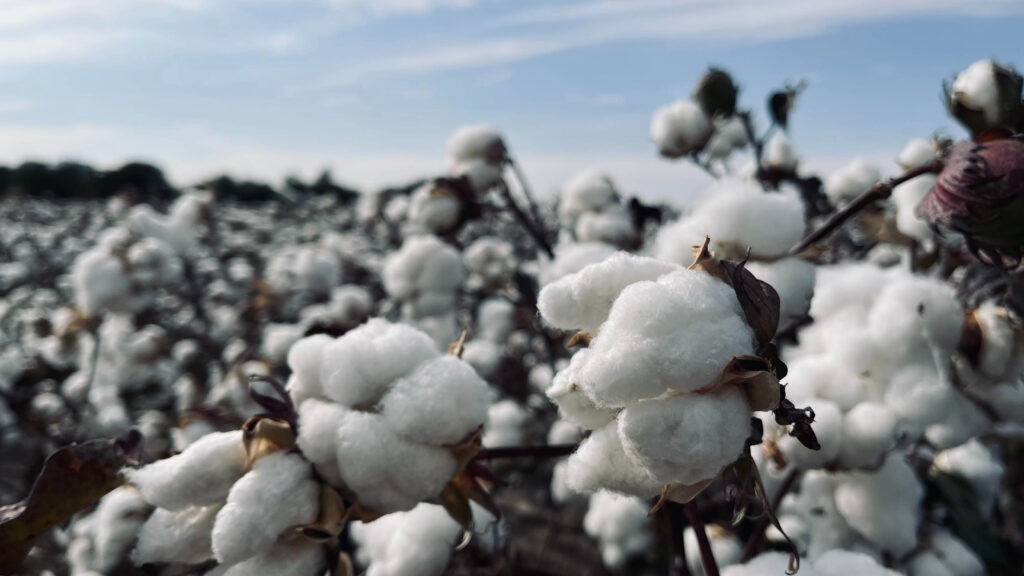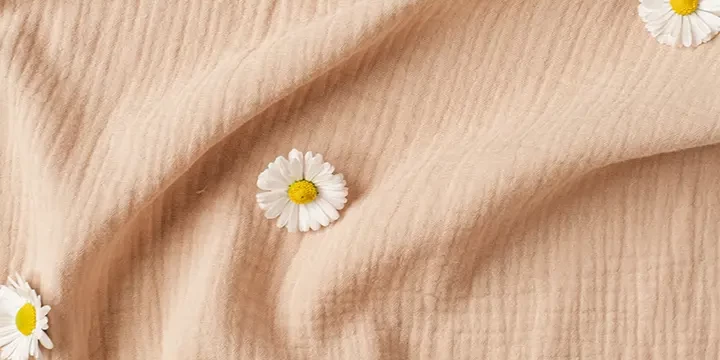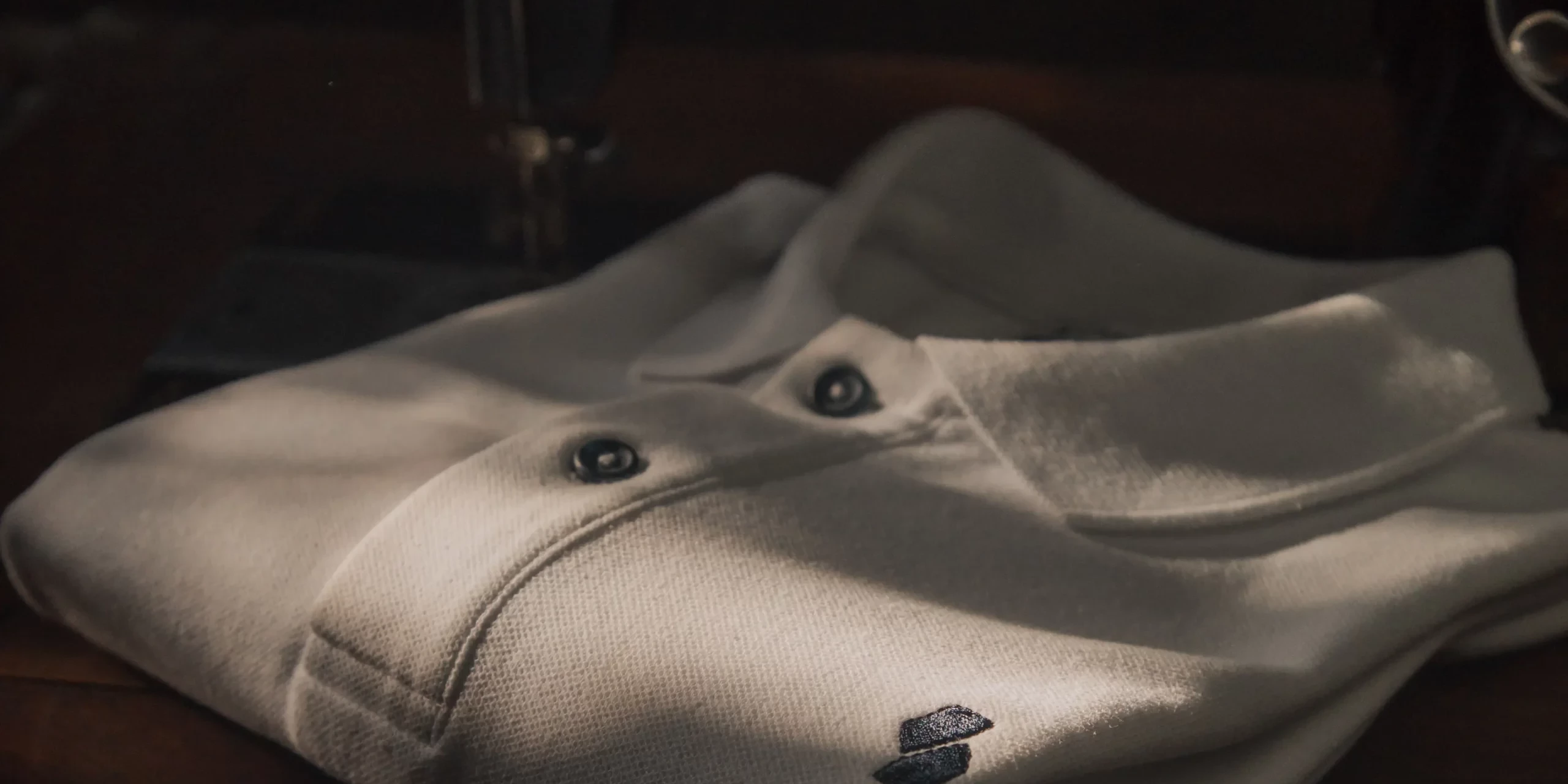What Is Cotton? Cotton’s History, Characteristics, and Applications
Cotton is a widely used fabric in the fashion business. Cotton products, whether plain cotton, coloured cotton, or cotton blend, are likely to be found in almost any closet. Cotton is a natural fabric that has been used since the fifth millennium B.C. It is generated from cotton plants.
Table of Contents
ToggleWhat Exactly Is Cotton?
Cotton is a soft and fluffy substance made mostly of cellulose, an insoluble organic component essential to plant structure. Cotton plants require a lot of sunlight, a lengthy period without frost, and plenty of moisture.
The component of the cotton plant that develops in the boll—the encasing for the fluffy cotton fibers—is referred to as “cotton.” Cotton is spun into yarn, which is then woven into a soft, long-lasting fabric.

Where did cotton come from?
Cotton is derived from the Arabic word “quton.” Cotton was first produced in India, where it goes back to the fifth millennium B.C.
In the thirteenth century, India produced the first cotton gin, which is an instrument for separating cotton fluff from plant seeds. Cotton manufacturing became considerably easier and faster thanks to the cotton gin, which aided the fiber’s growth as a widely used textile.

With the advent of new technologies such as the spinning jenny, spinning frame, and spinning mule during the Industrial Revolution, Britain became one of the top cotton producers. Manufacturers were able to spin cotton at higher rates because to all of these spinning equipment.
However, it was the invention of the mechanical cotton gin by American Eli Whitney that resulted in greater production of the material in the United States and Europe. This innovative equipment, which used machine power to rapidly and efficiently remove the seeds from the cotton, reduced the number of hours of manual effort required to create a bale of cotton from 600 to only 12. Around the same time, America, particularly the southern states, began producing higher-quality cotton, which had slightly longer and stronger fibers.
Despite a few dips in output, like as during the Civil War, the United States remains one of the world’s top cotton producers, trailing only China and India.
Cotton Is Grown Where?
Cotton may be found in practically every tropical and subtropical location on the planet, including the United States, China, India, Uzbekistan, Pakistan, Brazil, and Turkey.
Texas has the world’s biggest contiguous cotton-growing territory, and the South Plains region in the state’s northern section is the world’s largest contiguous cotton-growing area.
How Is Cotton Prepared?
Cotton production is a complex process that includes everything from sowing cotton seeds to plucking the cotton crop and processing it in a cotton gin.Cotton production is a complex process that includes everything from sowing cotton seeds to plucking the cotton crop and processing it in a cotton gin.

• While cotton was once picked and sorted by hand, most cotton production now begins with a cotton picker (which picks the entire plant) or a cotton stripper (which strips the boll from the plant).• Cotton is harvested, baled, and kept in the fields before being transported to the gins.• Cotton bales are cleaned and fluffed at the gins to remove the fiber from dirt, seeds, and lint.• After passing through the gins and being entirely separated from the seeds, the raw cotton is compressed and stored before being shipped to textile mills for further processing.• The cleaned and fluffed cotton is sent into a carding machine, which cleans it further and forms the short fibers into a long untwisted rope suitable for spinning and weaving.
4 Different Types of Cotton
There are four different types of cotton, each with its own characteristics.
1. Pima cotton. Pima cotton fibers are unusually soft and extra long, making it the best cotton in the world. Cotton is indigenous to South America and the American Southwest. Pima cotton fabric is widely sought after due to its resistance to fading, ripping, and wrinkling.
2. Egyptian cotton. Egyption cotton is closely related to pima cotton. The two are even classified as gossypium barbadense in science. It possesses the same resistance properties, however it is cultivated in Egypt’s Nile River Valley.
3. Upland cotton.Upland cotton has relatively short fibers and accounts for around 90% of total cotton output worldwide. The crop is native to Central America, Mexico, the Caribbean, and southern Florida, where it is farmed.
4. Organic cotton. Organic cotton is defined as cotton cultivated without the use of pesticides and from plants that have not been genetically modified.
What Are the Properties of Cotton?
Cotton has a lot of distinct properties that make it such a popular fabric in the textile business.

• Softness. Cotton is a delicate and fluffy plant, and the cloth it produces typically keeps that soft feel.
• Durability. The cellular structure of the cotton plant is sturdy, resulting in a durable and wear-and-tear resistant fabric.
• Absorbency. Cotton fabric is particularly absorbent due to the large amount of space between the cotton threads.
• Holds dye well. Cotton absorbs dye well and may be dyed in a broad range of colors due to its absorbent nature.
• Breathability. Cotton’s fiber structure makes it more breathable than synthetic fibers.
• No static cling. Cotton does not conduct electricity, hence static electricity is not a concern.
Cotton Has 6 Common Applications
Cotton has several applications in a variety of sectors.

1. Woven fabrics. Cotton is used to manufacture woven textiles such as canvas, denim, damask, flannel, and others. Cotton is used to manufacture woven textiles such as canvas, denim, damask, flannel, and others.
2. Clothing. Cotton is a textile industry staple due to its mass manufacturing, soft feel, durability, and absorbency. Cotton is commonly used for T-shirts, blue jeans, skirts, sweatshirts, and a variety of other items.
3. Bed sheets and towels. Cotton is an excellent fabric for bedroom linens and towels that require moisture absorption due to its softness and absorbency.
4. Underwear. Cotton makes pleasant and long-lasting underwear for the same reasons.
5. Home decor. Cotton is also used for upholstery, curtains, carpets, and cushions in the house.
6. Cottonseed oil. Cottonseed is a byproduct of the cotton manufacturing process, and the seeds are used to make cottonseed oil, which is used to make salad dressing and margarine. It may also be found in cosmetics, soap, candles, and other products.
Cotton Care: How Do You Take Care of It?
Cotton may be machine washed or dry cleaned, and the directions vary depending on the color and composition of the cloth (such as a cotton blend). Always check the label for washing instructions.
• Before washing, pre-treat any stains.
• Wash similar colors together to avoid bleeding. Darker colors should be cleaned in cold water, whereas lighter colors can be washed in either warm or cold water.
• Cotton may be bleached.
• Cotton has a tendency to shrink, so pre-wash your materials before sewing with them.
• Cotton may be tumble dried or hung to dry. Cotton wrinkles and shrinks readily, so if you want to minimize shrinkage, line dry and remove from the dryer as soon as possible.

Where can I find cotton fabric?
Davonne distributes practically all woven and knit materials directly. We provide highly low pricing while serving consumers of all sizes.We are always ready to service your needs, whether you need a huge quantity of fabric for mass manufacture of consumer items or only a little bit of fabric to actualize your own creative ideas. friend. For further information, please contact us.



